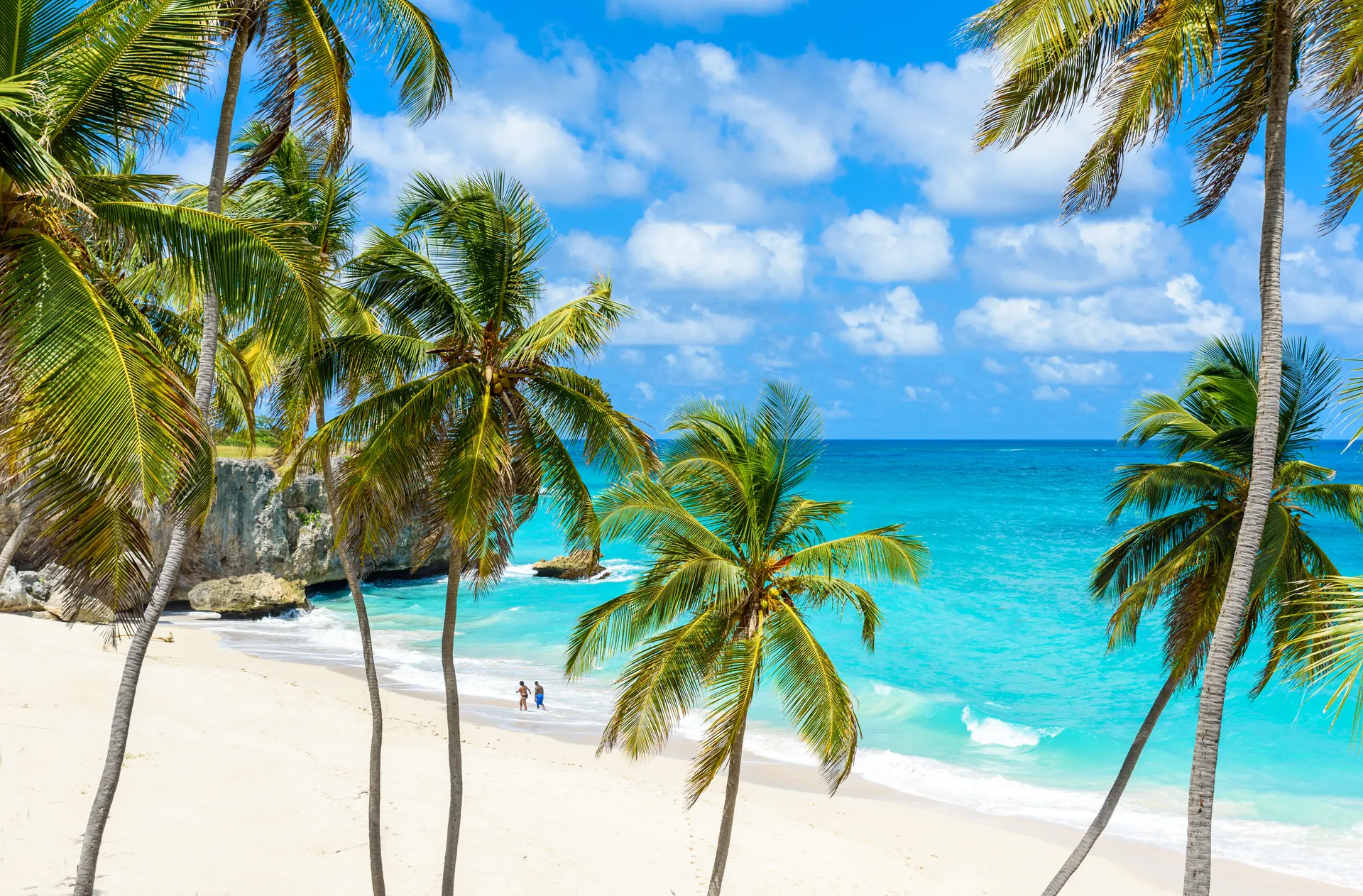
Saint Lucia Holidays
With a unique and varied history evident in the island's colonial villages, Saint Lucia offers a wealth of white pristine beaches and captivating sunsets whilst the Pitons, two volcanic mountains, provide a spectacular backdrop in the south-west. This glorious laid back island is famous for its exciting Creole cuisine, Cocoa plantations and beautiful rainforests.
What to do in Saint Lucia?
Saint Lucia is known for its incredible sandy beaches with panoramic views across the ocean, however, there is more to this destination than just kicking back on the shores with a drink.
If you are looking for gorgeous spot to sit back and relax with a good book, then the most impressive beach to head to is Sugar Beach. The most famous beach on the island, it’s positioned between the two Pitons – towering volcanic mountains, which ensures visitors incredible view from both land and sea.
For those that are looking for art and culture, we highly recommend visiting Eudovic’s Art Studio; Vincent Joseph Eudovic is a renowned master carver and his studio at Morne Fortune is a mesmerising art gallery. Now in his seventies, Eudovic doesn’t produce as much work, however, his son Jallim has followed his father’s footsteps and is an artist in his own right. When visiting, there’s a chance you’ll catch father and son in action in the workshop.
After experiencing the golden shores of the island and visiting Eudovic’s art studio, why not discover some of the island’s nature at the Mamiku Botanical Gardens. Located on the former grounds of a plantation, the gardens are home to a wonderful collection of tropical flora and over 297 named species in the grounds for you to learn about. The complex also offers a range of other attractions to enjoy such as the historical ruins, hiking trails and birdwatching tours.



